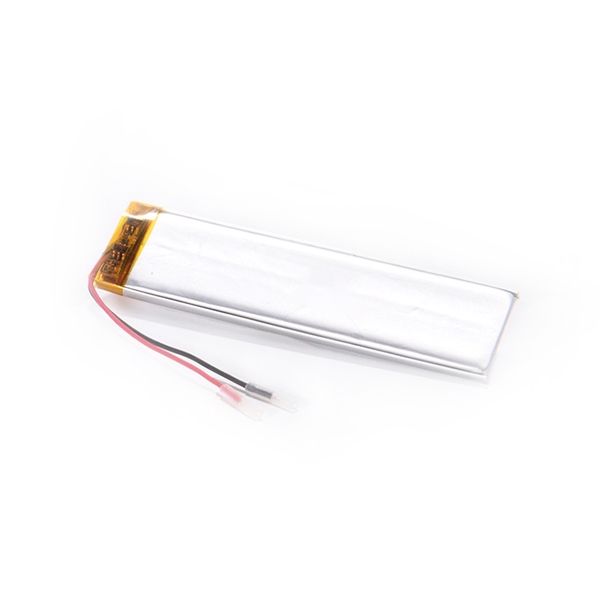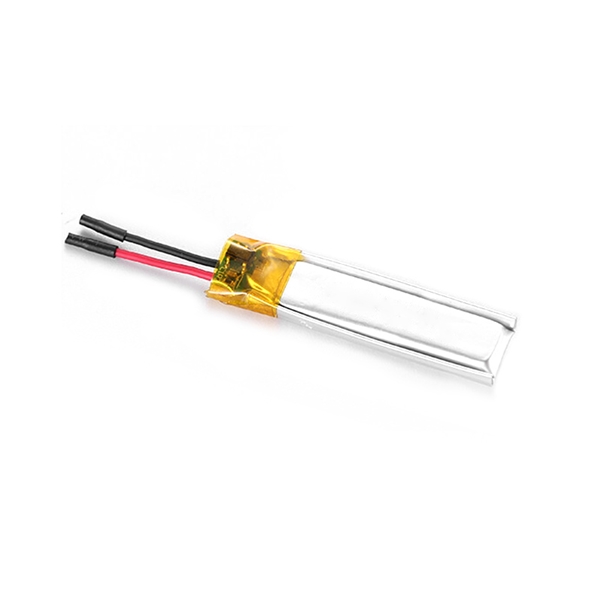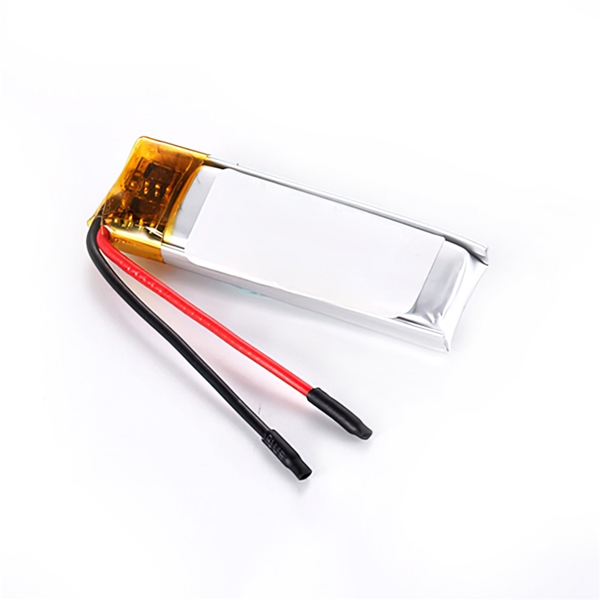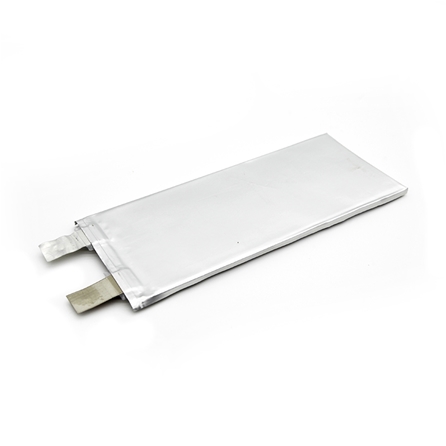-
Home
- Battery
- Application
- Solution
- News
- About Us
Inquiry
Contact UsIf you have any questions, please contact us immediately!What is an electrolyte? What are the types and functions of electrolytes in batteries?
2021-08-10Battery electrolyte: revealing the core elements of battery operation
In the operation of the battery, the electrolyte plays a vital role. It is a substance that can pass ions (usually lithium, sodium, or potassium ions), thereby creating an electric current between the two electrodes of the battery. This current is the source of energy for the normal operation of electronic devices. This article will delve into the definition and classification of battery electrolytes as well as the characteristics and applicable scenarios of different types of electrolytes.
1. Definition of battery electrolyte
Battery electrolyte is a substance that transports ions inside the battery. It allows ions to move freely between the two electrodes of the battery, creating an electrical current. The choice of electrolyte has a critical impact on the performance, safety and life of the battery. An ideal electrolyte should have high ionic conductivity, low electronic conductivity, good thermal and chemical stability, and good compatibility with electrode materials.
2. Classification of battery electrolytes
Based on their physical form and composition, battery electrolytes can be divided into the following categories:
1. Liquid electrolyte: Also called electrolyte, it is the most common type of electrolyte. They usually consist of lithium salts dissolved in organic solvents. Liquid electrolytes have good ionic conductivity, but there are safety hazards such as leakage and combustion.
2. Solid electrolyte: Compared with liquid electrolyte, solid electrolyte has higher safety. They can be inorganic materials (such as perovskite oxides, sulfides, etc.) or organic materials (such as polyethylene oxide, polyvinylidene fluoride, etc.). The main challenge of solid electrolytes is their relatively low ionic conductivity, so their properties need to be improved to meet the needs of high-performance batteries.
3. Gel polymer electrolyte: This is a type of electrolyte between liquid and solid. They usually consist of a polymer matrix with a lithium salt dissolved in it. Gel polymer electrolytes combine the high ionic conductivity of liquid electrolytes and the safety advantages of solid electrolytes, but have problems such as complex preparation processes and high costs.
4. Ceramic electrolyte: Ceramic electrolyte is a type of inorganic solid electrolyte with high ionic conductivity and excellent thermal stability. They are usually composed of lithium salts and ceramic materials (such as LLTO, LLZO, etc.). Ceramic electrolytes perform well at high temperatures, but their ionic conductivity at room temperature needs to be improved.3. Characteristics and applicable scenarios of different types of electrolytes
1. Liquid electrolyte: Due to its high ionic conductivity and relatively mature preparation process, liquid electrolyte occupies a dominant position in currently commercialized lithium-ion batteries. However, due to safety concerns associated with liquid electrolytes, researchers have been exploring safer and more efficient alternatives.
2. Solid electrolytes: Solid electrolytes have high safety and a wide electrochemical stability window, making them attractive in some specific application scenarios. For example, all-solid-state batteries use solid electrolytes instead of liquid electrolytes, aiming to completely solve battery safety issues. However, solid electrolytes still face problems such as low ionic conductivity and poor interface contact, which require further research and optimization.
3. Gel polymer electrolyte: Gel polymer electrolyte combines the advantages of liquid electrolytes and solid electrolytes, and has high ionic conductivity, good safety and mechanical stability. Therefore, they have broad prospects in application scenarios such as flexible batteries and wearable devices. However, the preparation process of gel polymer electrolytes is complex and costly, which limits their large-scale commercial application.
4. Ceramic electrolyte: Ceramic electrolyte has high thermal stability, excellent chemical stability and a wide electrochemical stability window, making it an ideal choice for high-temperature batteries and high-voltage batteries. However, ceramic electrolytes have poor ionic conductivity at room temperature, and research on doping modification and structural design is needed to improve their performance.4. Future Prospects and Challenges
With the continuous advancement of science and technology and the growing demand for sustainable energy, battery technology is undergoing unprecedented changes. As one of the key components of batteries, the innovation and development of electrolytes is of great significance in promoting the advancement of battery technology. In the future, researchers will continue to explore new electrolyte systems to meet the needs for higher performance, lower cost, and greater safety. This includes developing new liquid electrolytes, improving the ionic conductivity and interface contact properties of solid electrolytes, optimizing the preparation process of gel polymer electrolytes to reduce costs, etc. At the same time, interdisciplinary cooperation and exchanges will also bring new ideas and inspiration to electrolyte research. Despite facing many challenges, with the advancement and innovation of technology, I believe that more excellent battery electrolytes will emerge in the future to promote the continued development and progress of the battery industry.
Follow us- +86 0769-21688994
- Room 603, Building 9, No.1 Boheng Second Road, Songshanhu Park, Dongguan City, Guangdong Province
All rights reserved © Guangdong Qiantu Battery Technology Co., LtdQiantu Battery - Battery













